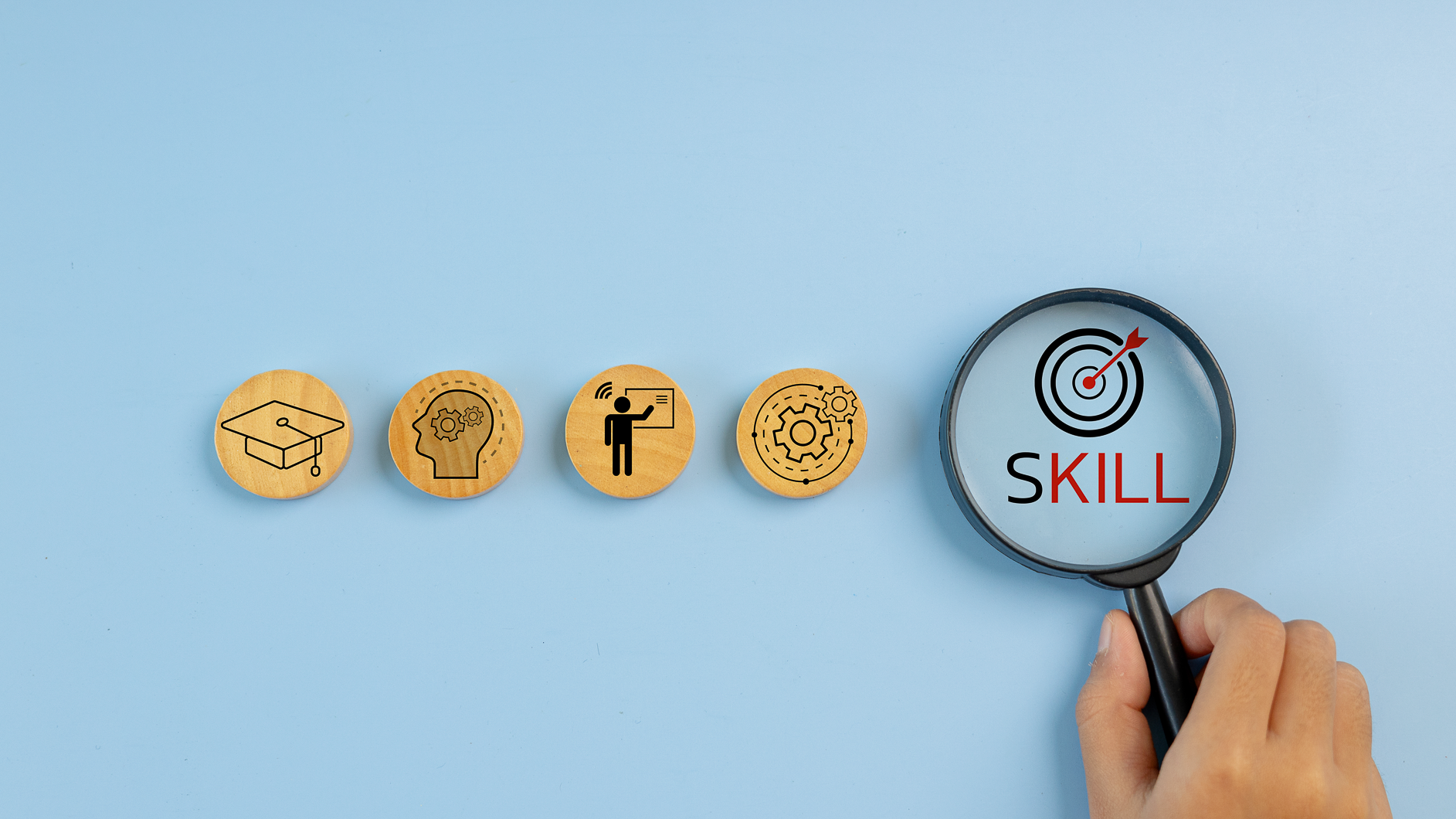
Last year, Australia’s small to medium-sized business manufacturing sector was given a significant boost as a result of the record $200 billion worth of investment in Australia’s defence industry. Prior to this, the defence sector was already an important part of the Australian economy, and a significant employer, offering almost 30,000 jobs, half of which work for SMEs.
In mid-August, 2020, the Land Combat and Protected Vehicles and Technology Upgrades Plan was released, outlining a new framework for SMEs to work with the government to build and grow the country’s industrial defence capabilities.
This record $270 billion government investment seeks to provide SME employers with useful information on critical industrial capabilities and help these businesses make better informed investment decisions within the defence industry. Over 3,000 of the companies that supply to the defence sector are SMEs. So to achieve the level of growth that’s desired within the county’s defence sector, the emphasis on helping these businesses enhance their capabilities in order to become long-term strategic suppliers to defence is crucial.
This plan uncovers significant opportunities for Australian workers and businesses already supporting defence and those working in other industries to win contracts with the defence industry.
For SME defence manufacturers, and those seeking to enter into this sector, to make the most of this opportunity, employers need to be agile, forward-thinking and demonstrate they are able to utilise new technologies to stay ahead, even when faced with intense globalised competition.
The potential for SME manufacturers and engineers
In a survey, the Australian government found that the industrial base supporting the manufacture and sustainment of land combat and protected vehicles in Australia is growing, adaptable and diversified. Many of these businesses have successfully pivoted from other sectors and are already supporting different areas of the defence sector.
Original equipment manufacturers and small-to-medium enterprises dominate this market, undertaking a range of manufacturing, assembly and integration functions, primarily for protected vehicles. With the high transferability of skills and resources within these businesses, the ADF represents one of many key customers to the sub-sector. With the cessation of automotive manufacturing in Australia and the increased adoption of digitisation in manufacturing processes, the defence industry is one area where these skills aren’t just desired, but are necessary.
Automotive defence vehicle capabilities
One of the major components built into the government’s plan is to make technology upgrades in land combat and protected vehicles a main priority. This will see automotive manufacturers and engineers that are able to provide this technology service presented with greater opportunities for securing defence contracts.
There is the desire for the upgrade of vehicle systems, which will require configuration management, interoperability and rigorous testing. Furthermore, there will be an emphasis on integrations, communication and networking for vehicles.
There will be particular demand for those businesses that can develop and implement solutions that enable interoperability of hardware and software, and the secure acquisition, analysis and dissemination of data. For example, ownership of vehicle input and output data will be used to understand usage and performance attributes, while data sharing within the fleet, across the joint forces and with international partners, will also be made possible.
Embrace IoT and AI technologies
Technologies such as the Internet of Things (IIoT) and Artificial intelligence have been firmly embraced by Australia’s defence sector, seeing advanced manufacturers in the commercial and military space producing the likes of autonomous systems, robotics and augmented reality solutions for land, sea, air, and space environments.
To reach the level required to win defence contracts, Australian defence providers not only need to get their strategy, management structure and capabilities right, they also need to work out where they are on the digital maturity scale.
The first step on this digital transformation journey for defence suppliers is to understand how improved connectivity and emerging technologies, such as IIoT and AI, will help them to improve the productive time of their employees and equipment.
Furthermore, having real-time production data will allow defence suppliers to give defence customers realistic delivery dates, improve on-time deliveries, provide more accurate job costing and measure performance.
If you’re
looking for specialist staff, contact our defence team today.



